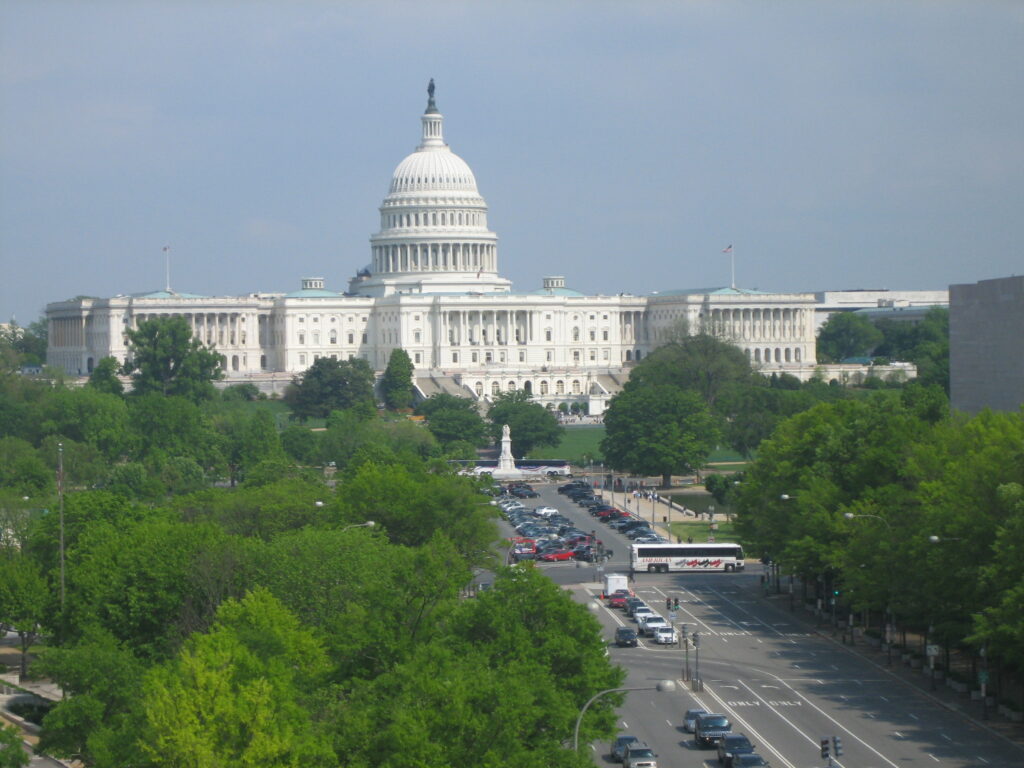
The impacts of sequestration: comparing 2012 to 2013
If your head is spinning from trying to figure out what sequestration, the “continuing budget resolution,” and the myriad proposed budgets have on transportation funding, this simple chart is for you.
This helpful chart shows the notable recent spending plans and compares each of them to what was spent on transportation in 2012, for the key programs that we care about.
There’s still a lot there, so let’s break down what’s there and simplify it. The first column shows what was approved for spending in 2012. These appropriations bills were passed before MAP-21 passed last summer, so 2012 mostly represents the levels authorized by SAFETEA-LU. This is the baseline we’re using for comparing to the 2013 spending.
The second column is the 2013 budget proposed by the Senate in the last (112th) Congress.
The third column is the spending levels established by MAP-21. Keep in mind that the standing transportation law just “authorizes” funding levels — the money still has to be “appropriated” each year. But typically, appropriators follow the levels laid out within the current transportation law for the most part.
The fourth column is the important one to pay attention to, because this is where all the cuts that are part of “sequestration” have been made. This is the “continuing budget resolution” that the Senate and then the House passed in just the last few weeks. A CR, as its known, just extends spending authority ahead through a certain amount of time — usually when Congress can’t agree to write a proper new annual budget before the current one expires. It’s a stopgap measure. A CR usually keeps funding at the same level and almost never changes policy, but in this case, there are cuts in the CR, and most of these are due to sequestration, which required cuts to all discretionary funding.
The last column shows the difference between the funding for transportation in 2012 vs 2013, comparing the first column with the fourth. Hopefully this provides some clarity for a confusing issue.
Would you like to download this chart as a sharable PDF? Find that here.
| Program | 2012 funding levels | Senate's draft 2013 proposal (112th Congress) | MAP-21 authorized | 2013 CR (implements sequestration) | Difference: 2013 v. 2012 funding levels |
|---|---|---|---|---|---|
| Federal-Aid Highways | $39.1B | $39.1B | $39.7BB | $39.7B | $600M |
| Transit Formula Grants | $8.36B | $8.36B | $8.5B | $8.5B | $10M |
| Transit Capital Grants (New Starts) | $1.955B | $2B | $1.9B | $1.86B | —$95M |
| High Speed Rail/High Performance Passenger Rail | $0 (HSR) | $100M from PRIIA | PRIIA has jurisidction | $0 | $0 |
| Amtrak Capital* | $952M | $1.05B | PRIIA has jurisidction | $904M | —$48M |
| Amtrak Operating* | $466M | $400M | PRIIA has jurisidction | $442.5M | —$23.5M |
| TIGER | $500M | $500M | Not authorized | $475M | —$25M |
| Partnership for Sustainable Communities Grants | $0 | $50M | $0 | $0 | |
| Projects of National and Regional Significance (PNRS) | Did not exist – created under MAP-21 | $500M | $0 | $0 (or —$500M from MAP-21) | |
| Hurricane Sandy FTA Emergency Transit Funding | $10.9B | $10.35B | —$545M | ||
| Hurricane Sandy Amtrak Emergency Funds | $118M | $112M | —$6M | ||
| Hurricane Sandy FHWA Emergency Highway Funds | $2B | $1.9B | —$100M |



